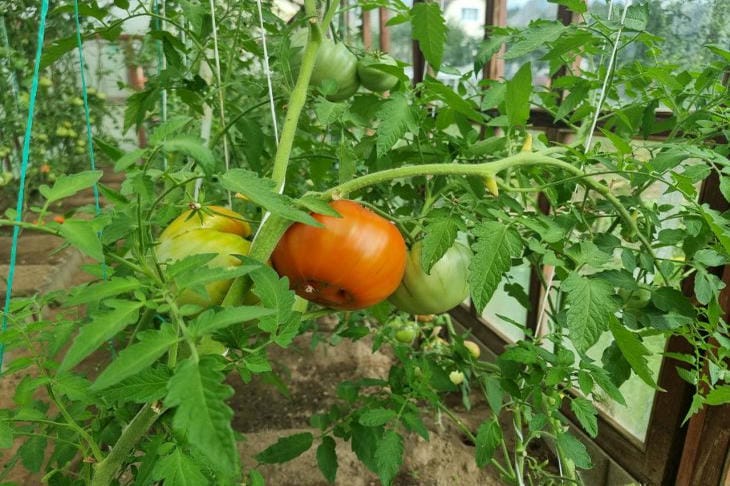Gardeners are always looking for new ways to improve the growth of their plants.
Among the many fertilizers, starch often goes unnoticed, although its potential as a fertilizer is very high.
Many plants can benefit from this readily available and economical source of nutrients.

Benefits of starch for plants
Starch is a complex carbohydrate that breaks down into simple sugars when broken down in the soil.
These sugars serve as food for beneficial soil microorganisms, which in turn help improve the structure of the soil and increase its fertility.
Additionally, starch can help retain moisture in the soil, which is especially important during the hot summer months.
Houseplants and starch
Many indoor plants respond positively to starch fertilizing. Ficus, dracaenas and monsteras respond especially well to such fertilizing.
To prepare the solution, simply dissolve one tablespoon of starch in a liter of warm water. It is recommended to water with such a solution once a month, alternating with regular watering.
Garden crops
Among garden crops, tomatoes and peppers respond most favorably to starch fertilization. These plants especially need carbohydrates during fruit formation.
Fertilizing can be done by spraying the leaves with a starch solution (1 tablespoon per 1 liter of water) or by adding dry starch to the soil before watering.
Flowering plants
Many flowering plants can also benefit from starch feeding. Roses, petunias and geraniums respond particularly well to this fertilizer.
Starch helps to strengthen the stems and improve flowering. For these plants, it is recommended to use a weaker solution - half a teaspoon of starch per liter of water.
Fruit trees and berry bushes
Fruit trees and berry bushes can also be fed with starch. Apple trees, pears, currants and gooseberries respond well to such feeding.
For these plants, it is better to apply starch in dry form, scattering it around the trunk or bush and lightly digging it into the soil before watering.
Lawn grass
Interestingly, even lawn grass can benefit from starch feeding.
Adding a starch solution (2 tablespoons per 10 liters of water) helps strengthen the root system of the grass and make the lawn more resistant to trampling and drought.
Ways to use starch
There are several ways to use starch as a fertilizer:
- Root feeding: a starch solution is applied directly under the plant roots during watering.
- Foliar feeding: plant leaves are sprayed with a weak starch solution.
- Dry application: starch is scattered over the soil surface and embedded to a depth of 2-3 cm.
It is important to remember that starch is not a complete fertilizer and cannot replace the main nutrients. It serves as an additional source of carbohydrates and helps improve the soil structure. Therefore, it should be used in combination with other types of fertilizers.
The frequency of starch application depends on the type of plants and their condition. On average, it is enough to carry out such feeding once a month during the period of active growth.
For indoor plants in winter, the frequency can be reduced to once every two to three months.
When using starch, it is important not to overdo it. Excess carbohydrates can lead to excessive development of green mass to the detriment of flowering and fruiting. Therefore, it is recommended to start with minimal doses, gradually increasing them and observing the reaction of plants.








